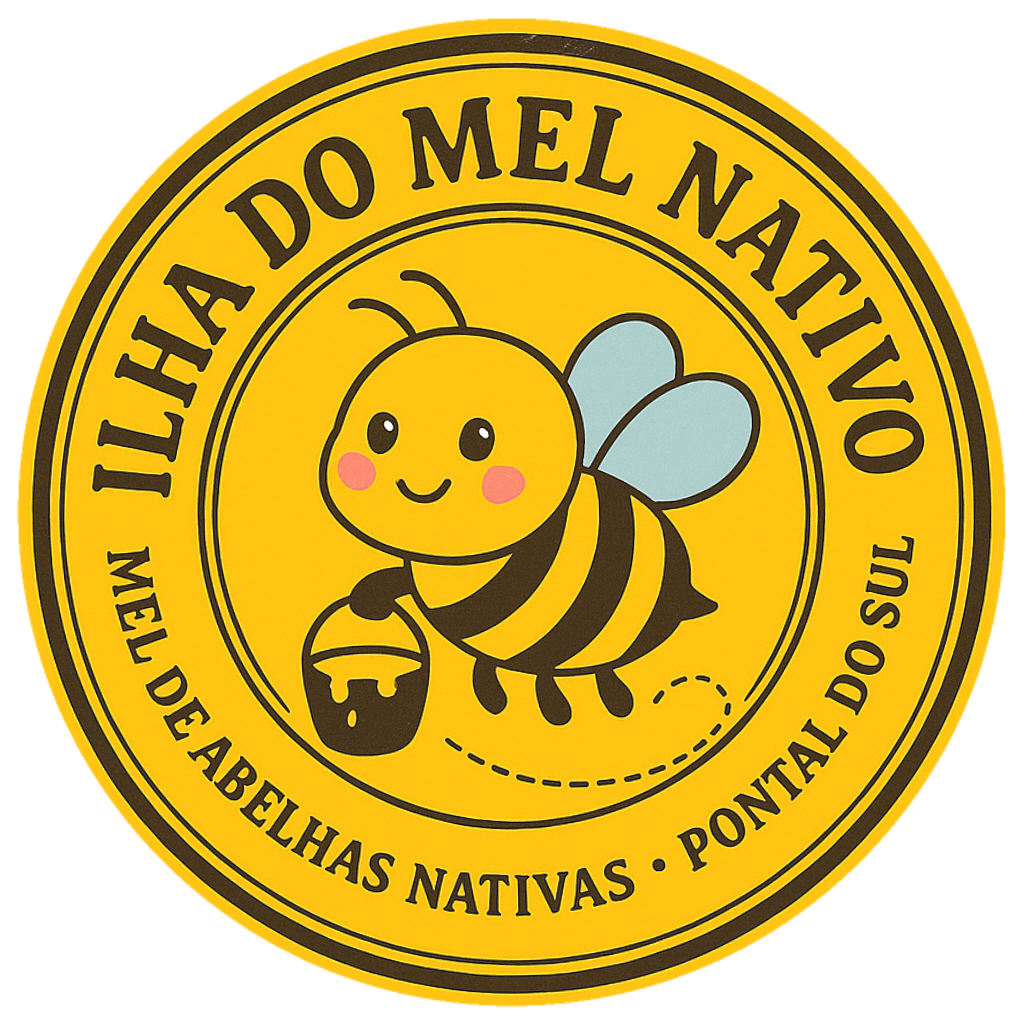History presence and living culture across Pontal do Sul Paranaguá Morretes and Guaraqueçaba
This text provides an overview of the Indigenous presence along the Paraná coast focusing on Pontal do Sul Paranaguá Morretes and Guaraqueçaba The purpose is to recognize and highlight local Indigenous culture with respect for authorship memory and territory
Historical and geographic background
The coastline of Paraná has been inhabited for centuries by peoples of the Tupi Guarani linguistic family In this coastal area the Guarani Mbya people live in communities distributed across several territories The National Foundation of Indigenous Peoples reports the existence of Indigenous villages along the Paraná coast with family groups that preserve their language rituals and ways of life linked to the Atlantic Forest and the marine environment
Who lives in the region
The Guarani Mbya are the main Indigenous people identified along the Paraná coast The communities are small and maintain a strong spiritual and material connection with their land
- Ilha da Cotinga Indigenous Land in Paranaguá Guarani Mbya community with historical presence and archaeological and environmental relevance
- Sambaqui Indigenous Land in Pontal do Paraná Guarani Mbya community officially recognized by Brazilian Indigenous institutions
- Villages in Pontal do Paraná Morretes and Guaraqueçaba Academic and institutional records indicate small family groups between ten and twenty families
Living culture and traditional knowledge
Material culture expresses the worldview and continuity of memory Pottery basketry bows and arrows necklaces and wooden sculptures preserve ancestral techniques and use natural materials from the forest and coastal ecosystem Several initiatives have supported the revitalization of traditional crafts promoting knowledge transmission to younger generations and reaffirming the cultural and spiritual use of clay and natural elements
Current challenges
- Land regularization processes in different stages
- Pressure from infrastructure tourism and urban expansion
- Low public visibility of Indigenous history and cultural production
Ways to promote recognition
The commitment is to acknowledge and strengthen the Indigenous presence through respectful dialogue and consent Our local initiative seeks to give visibility to Indigenous authorship present historical and cultural context and expand public understanding of these communities
- Educational content supported by studies and official records
- Clear identification of communities and territories when authorized
- Respectful partnerships ensuring cultural and social recognition
Language note
We prefer to use the terms people nation and Indigenous community We avoid simplifications and describe each group according to its own history and identity
References
- National Foundation of Indigenous Peoples Support for the autonomy of Indigenous communities on the Paraná coast gov.br
- Federal University of Paraná Ethnoarchaeology of the Mbya Guarani at Tekoa Pindoty Ilha da Cotinga acervodigital.ufpr.br
- RELA Cult Latin American Journal of Cultural and Social Studies Notes on a Mbya Guarani village on the Paraná coast periodicos.claec.org
- Fiocruz Conflict Map Records on Guarani communities and overlapping conservation units ensp.fiocruz.br
- Socioenvironmental Institute Indigenous Peoples in Brazil Guarani Mbya pib.socioambiental.org
- Indigenous Lands in Brazil Ilha da Cotinga and Sambaqui Indigenous Lands terrasindigenas.org.br


Comentários